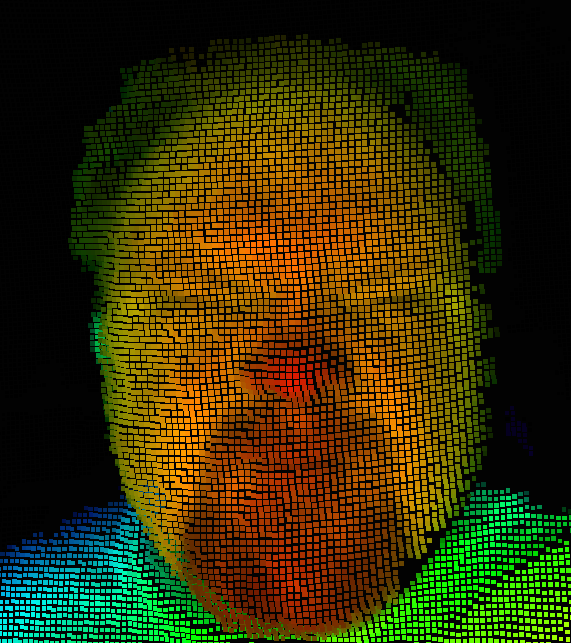TOF – We Were Wrong
TOF sensors are also components used in automotive LIDAR, mapping systems, and industrial vision systems, but were seen as a welcome addition to smartphone camera systems when they began to be included in smartphones back in 2018 after Apple sparked interest in facial identification using a technique called ‘structured light’ that replaced fingerprint identification in the iPhone X. Samsung and a number of other Android based smartphones followed the trend and released devices using TOF instead of structured light systems in 2018. Samsung, once a strong proponent of the technology seemed to be moving away from using TOF in its Galaxy series in 2020 after criticism that the type of TOF sensors that Samsung was using were inferior to those used in other devices (See our 10/14/21 note), which would have forced Samsung to move from its own TOF production to that of rival Sony (SNE). Since then interest in TOF has waned, and few if any (other than Apple) smartphones are expected to use TOF technology this year.
While Samsung’s decision was based on more in-house issues, the real problem for TOF was the lack of applications that used the data, giving consumers little incentive to see the value in the technology or pay a premium for its addition. There are applications that use the TOF data to make adjustments to images and video as mentioned above, but without a ‘killer’ application, TOF sensors were looked at as a low return cost burden by smartphone designers. While we admit that we were wrong about the potential for TOF sensors, there is some potential for their return, perhaps not immediately, but in the next year or so, and that is AR/VR, particularly AR where it is necessary to have a depth map in order to place virtual objects in a real-time image or video. Without such information, it would be guesswork as to where you might place a piece of virtual furniture when looking at your living room through AR glasses, but with that information the virtual object could be placed in the correct position to see if it fit the room and the décor.
That said, we are not expecting such a change overnight and it will still be a few years before you can walk around with a pair of glasses that include full AR ability, but given the sudden interest in the Metaverse, there could be a bit of renewed interest in TOF sensors, in anticipation of their use as part of an AR system. While that will likely do little for their use in 2022 smartphones, we expect it will continue to push TOF sensor and system development now that there is the possibility of a commercial ‘killer’ application outside of the automobile market. We were still wrong, but we might be right a few years down the road. “Auch ein blindes Huhn findet mal ein Korn” – Loosely translated, “Even a blind chicken finds a kernel of corn”

 RSS Feed
RSS Feed